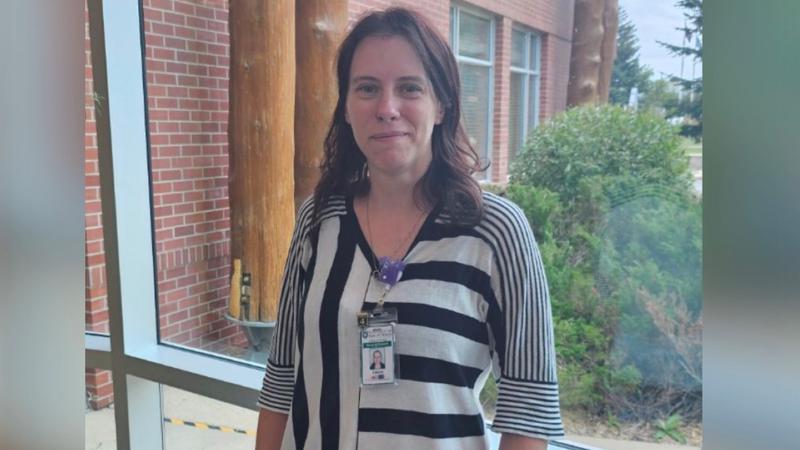
Budget 2019: Five things to watch for in the Liberals’ final fiscal blueprint
OTTAWA — Finance Minister Bill Morneau will release the Trudeau government’s final budget of its mandate Tuesday, just seven months before the next federal election.
Here are some things to watch for:
A boost to skills training


